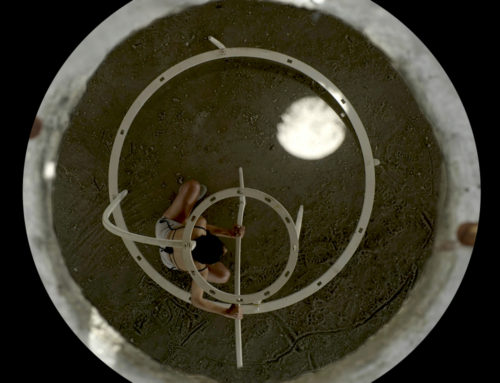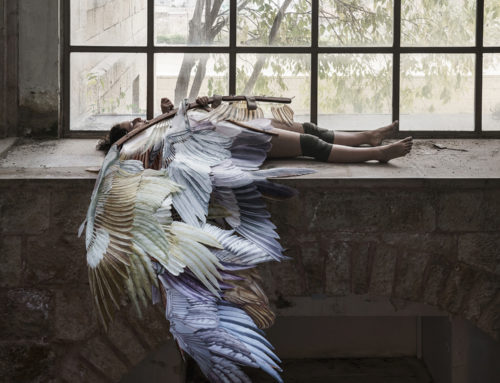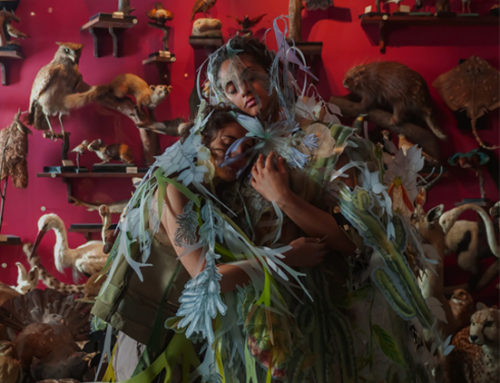Project Description
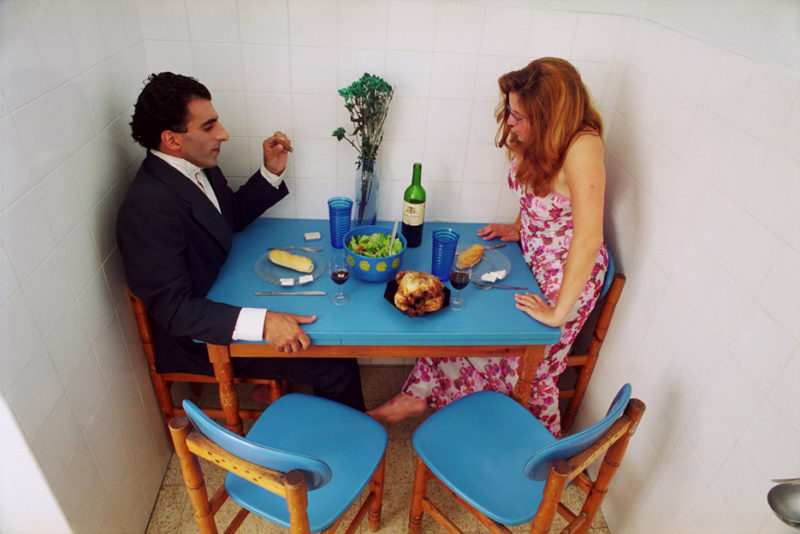
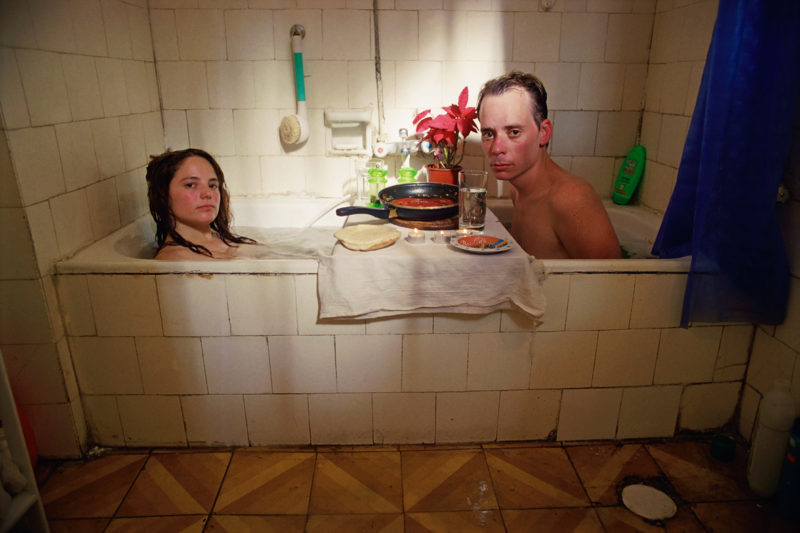
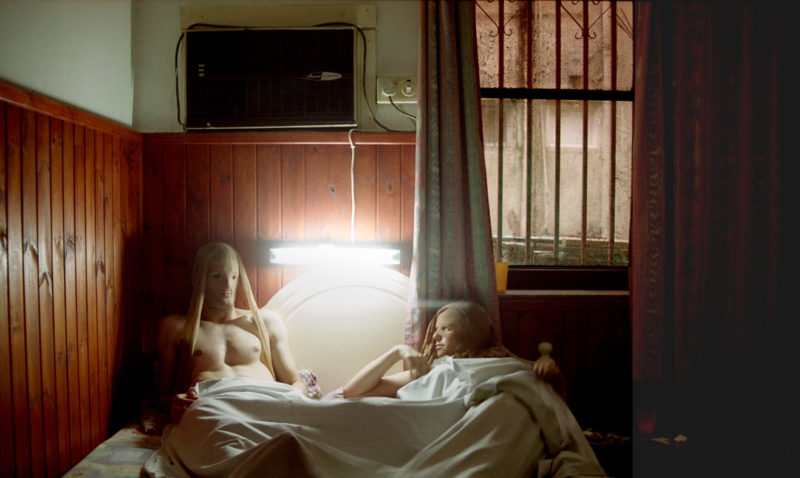
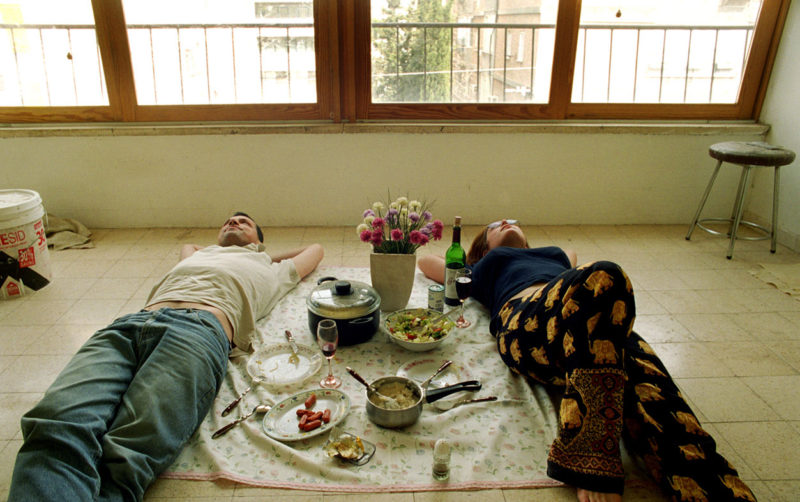
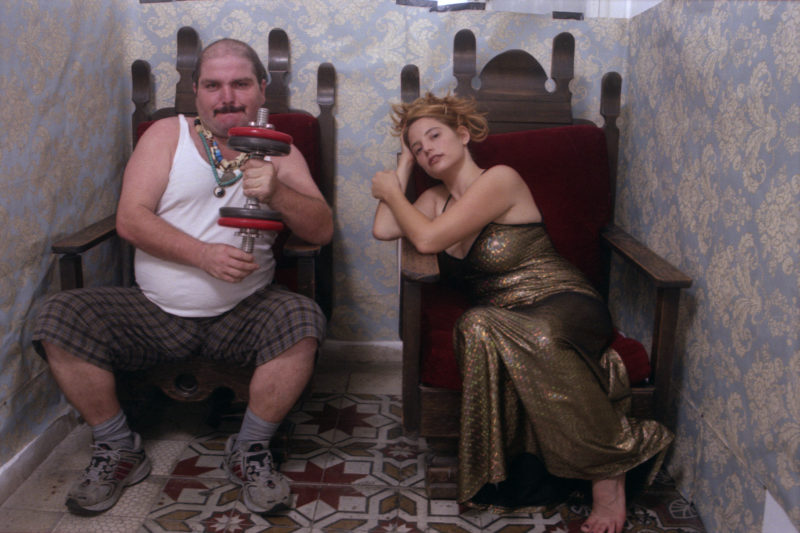

SISTER OF MERCY
The Borohov Gallery, December 2000. In the center of the space sits a young girl beside a wide desk baring a computer, a screen, a keyboard, a printer, a small video camera and work related papers. This is Meirav Heiman. Born in 1972, Meirav graduated from the Bezalel Academy of Art and Design, Department of Photography in 1998, and currently lives and works in Tel Aviv. Throughout a whole month, Meirav Heiman was remaining in the exhibition space of the Borohov Gallery day in and day out. She was sitting in the center of this space; her back turned to the visitors coming in and out of the exhibition, engaging in constant and on-going random chats with random people on the net. A big projection screen was enabling visitors to not only stare over Heiman’s shoulder, beyond the computer screen, but also be exposed to the chat in real time, both as evolving information and a live image on the wall further down the exhibition hall. The rest of the exhibition will showcase a series of enlarged c-prints of men and women with whom Heiman met following her previous chats. These are men and women she met online, using alias names, and who agreed to her request to meet face to face. Heiman intended on photographing her subjects during these meetings, staging intimate although not always romantic situations. She met them for dinner, for a single night, for her leisure. Sometimes in a restaurant, sometimes in an empty apartment, sometimes in her house, and more, while the degree of exposure is directly related to the interaction built up during these encounters.
During these rendez-vous, Heiman wamimics familiar human interactions. She plays worn-out parts, duplicating exhausted stereotypes. Only these human dynamics are created and limited to their given time, to anonymous characters, playing on enhancing the element of chance and random, the drama and boldness on the part of the people participating in this production. There are no hopes of a romantic relationship in these meetings. The people meeting have no past and no future, only the experience exists. An extreme situation examining the conflict between anonymity and intimacy, imagination and reality, text and image. Meirav Heiman’s work deal with virtual reality, or maybe real virtuality, turning the logical connection between the two, forming a clear and poignant saying on the human experience and communication in the beginning of the third millennia.
